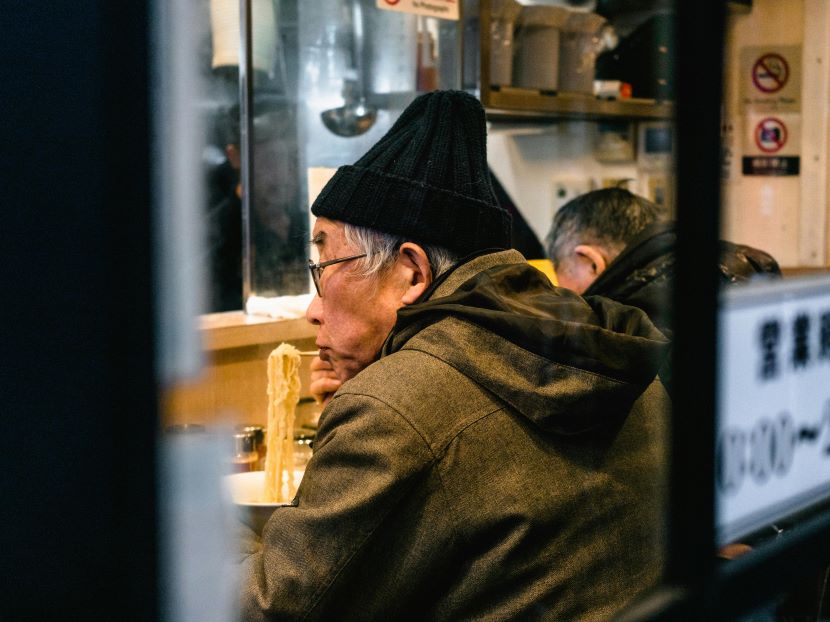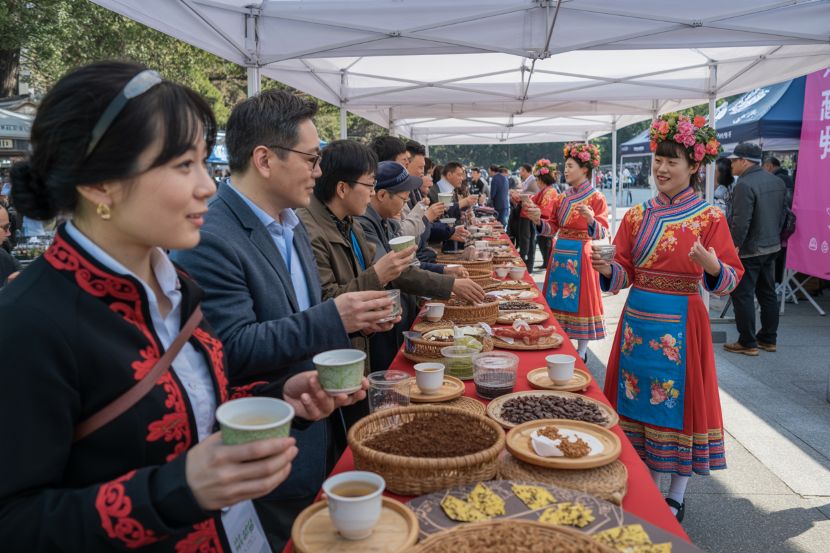Snack Tourism Unpacked: A Detailed Look At How Local Delicacies In Global Destinations Are Becoming The Primary Travel Incentive For Millennials And Gen Z

A fundamental alteration in the motivations governing international travel has been observed. The primary allure of a destination, which historically centred on iconic edifices and celebrated institutions, is now frequently being supplanted by a distinct kind of cultural pursuit. This shift is codified under the umbrella of snack tourism, a phenomenon wherein travel itineraries are thoughtfully constructed around the acquisition and consumption of regional edible specialties, moving the focus from traditional sightseeing to what is being termed snack-seeing. A new form of exploration is being embraced by contemporary travellers, where the essence of a destination is captured not merely through visual observation but through gustatory engagement.
The Emergence of Experiential Gastronomy
The definition of snack tourism is intentionally broad, encompassing a variety of simple, everyday treats rather than being limited to the sphere of luxury dining or high-end gastronomy. This is a crucial distinction that must be made clear. The items being sought are often the common packaged goods obtainable at local convenience stores, petrol stations, or neighbourhood markets. These are the chocolate bars that shaped the childhoods of local populations, the unique fizzy drinks available only in a specific territory, or the ubiquitous packets of crisps that reflect regional flavour preferences. A true understanding of a place, it is believed, is achieved not through its postcard imagery but through its humble, packaged fare.
Generational Preference and Economic Impact
The momentum behind snack tourism is being overwhelmingly generated by younger demographics. The Millennials generation, in particular, is positioned as the primary catalyst for this shift, often being referred to as the lead of the snack pack. Data collected and disseminated by Skyscanner illustrates the extent of this generational preference. It has been noted that nearly six out of every ten Millennials, representing a significant 59 per cent, admit that the selection of their travel destination is based specifically on the availability of popular local snacks or delicacies. This statistical finding underscores a deeply ingrained preference for food-centric travel planning within this demographic.
Moreover, the financial commitment to this new form of exploration is substantial. It is further reported that an even larger proportion of Millennials, precisely 70 per cent, consciously allocate a dedicated budget solely for the purpose of collecting unique international treats that can be brought back home as edible souvenirs. This deliberate budgeting signifies that the acquisition of regional snacks is not an incidental activity but a pre-planned, essential component of the travel experience. The economic implication of this behaviour is considerable, shifting expenditure away from traditional souvenir shops and redirecting it toward local supermarkets and specialty food vendors, thereby injecting capital directly into the local food production and retail sectors.
Cultural Narratives in a Packet
The appeal of regional snacks is fundamentally rooted in their capacity for cultural storytelling. It is widely understood that every nation possesses a signature snack which, through its flavour profile and packaging, communicates volumes about the characteristics and values of its people. This is evident in the dynamic street food culture found across India, which speaks to a collective passion for spice and layered flavour complexity. Similarly, the meticulous and inventive nature of Japan’s unique KitKat flavours and their packaging reflects a cultural dedication to innovation and detail. When a bite is taken from a locally made product, the experience extends far beyond the mere consumption of ingredients; it is an active engagement with history, craftsmanship, and local emotion.
The variety of treats being sought out across the globe is extensive and specific. Travellers are deliberately seeking out the distinctive Baci chocolates of Italy, indulging in Korea’s famed honey-butter chips, and exploring the array of unique confectionery available only in select markets. Similarly, the desire to experience Australia’s Tim Tams, the United States’ Coca-Cola Vanilla Soda, or France’s Petit Écolier biscuits is a palpable driving force. Even beverages like Thailand’s Mogu Mogu drinks are being highlighted as integral components of this flavourful exploration. The pursuit of these specific, geographically-tied items confirms that the travel destination is being assessed not merely by its famous sights but by its unique inventory of accessible culinary delights. These products are being used as a lens through which the local environment is viewed, confirming that flavour is a potent vehicle for cultural transmission.
Beyond Sightseeing: Intimacy and Connection
The move away from landmark-centric travel towards food-focused itineraries is reflective of a deeper, evolving desire for authentic and intimate travel experiences. The grand scale and crowded nature of famous monuments can often create a psychological distance between the traveller and the genuine culture of the place being visited. Conversely, the act of selecting a snack in a local shop, interacting with a vendor, and consuming a product made specifically for the regional palate fosters a sense of immediate connection and belonging. A more profound connection to the locale is facilitated through this approach.
A Sustained Trajectory
The evidence strongly suggests that snack tourism is a trend that will be sustained and expanded upon in the global travel market. The integration of technology, particularly social media platforms, allows for easier research and sharing of these edible discoveries, further fuelling the movement. The prioritization of local food over historic sites, particularly by Millennials and Gen Z, indicates a permanent change in travel philosophy. The culinary landscape of a region is now firmly established as an intrinsic and primary cultural asset, ensuring that the exploration of local snacks will remain a compelling and essential pursuit for the modern global traveller.
The post Snack Tourism Unpacked: A Detailed Look At How Local Delicacies In Global Destinations Are Becoming The Primary Travel Incentive For Millennials And Gen Z appeared first on Travel And Tour World.